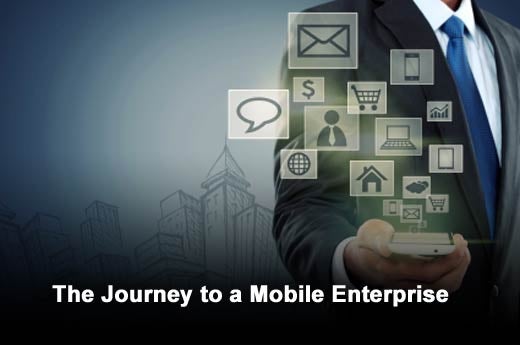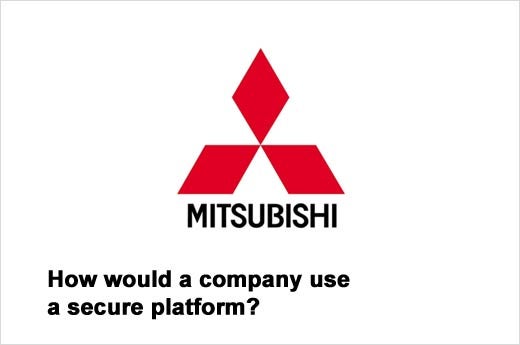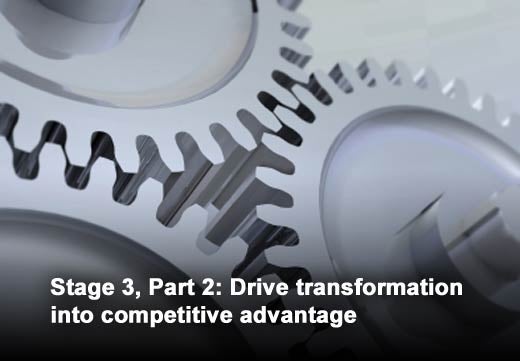The proliferation of mobile devices in the workplace reaches almost every enterprise. Today’s employees expect to be able to perform any work task from any connected device, in the office or on the move, for optimum productivity at all times. Based on its experience with providing secure mobility solutions for companies of all sizes an industries, Good Technology has broken the journey down into three identifiable stages to help companies assess where they are and how to move to the next level to maximize the opportunities that mobility opens up to their organizations.

Click through for the three stages of the mobile enterprise journey to determine where your organization is and how to move to the next level, as identified by Good Technology.

The first stage when implementing a BYOD program is all about empowering the employees by enabling secure mobile access to some of the work basics, such as email, calendar and documents. An increased amount of enterprises have already adopted BYOD practices, according to Good Technology’s latest Mobility Index Report, which showed that mobile device activations for the first quarter of 2013 rose nearly 30 percent from Q1 of 2012.

Stage two is focused on ensuring the utmost security is intact by creating your own app ecosystem for employees. This means that companies need to begin viewing employees’ mobile devices as a means to gain a competitive business advantage by creating customized workflows through ISV standard and/or custom applications.

Infonetics Research predicts that over one million Android-based enterprise apps will be deployed before the end of 2013 – the question is, how will they be used? Mobile apps give employees the chance to be productive when they’re away from their desks. But one size doesn’t fit all. To fix this, Forrester and Fierce Mobile IT report that 37 percent of IT organizations are looking to develop custom apps within the next 18 months.

A successful mobile strategy can be a business transformer if it’s aligned with an overall enterprise strategy. This includes integrating with the internal security infrastructure and back-end systems. At this point, businesses are creating new ways of working and efficient business workflows through mobile.

One example of a company that’s embraced enterprise mobility is Mitsubishi Motors, which created a secure mobile workflow for its employees using Good Technology’s Good Dynamics platform. This mobile workflow allowed Mitsubishi Motors’ employees to collaborate with dealers in a closed and secure workflow process that protects all shared content. This ultimately increased employee productivity and security, and gave the company real-time business insights for improved field training.

Efficient business workflows makes processes quicker – so products or services can be first to market or delivered quicker than anyone else. It enables closer collaboration with suppliers/customers. These closer, stronger relationships improve how the business functions.
Industries across the board are increasingly turning to mobility for a true competitive advantage. For example, many insurance companies look for a mobile workflow that allows adjustors, agents and sales teams to increase productivity, offer personalized service, reduce processing delays, and increase company profitability. Through this mobility strategy, employees can carry less paperwork and fewer devices to evaluate claims or consult with clients.

Companies today are at varying stages of an enterprise mobility strategy. Many businesses are now embracing mobility and funding new mobile app projects to speed up business processes and improve communication with the extended enterprise – employees, contractors, business partners and customers. Mobile is a growing, active, commercial platform, and it requires a strong management team and approach. Once businesses fully embrace the proliferation of mobile, the transformation limits are endless. Enterprise mobility allows businesses to stop compromising security and manageability, and develop true innovation and productivity. Are you ready to embrace mobility within your enterprise?
















